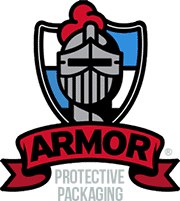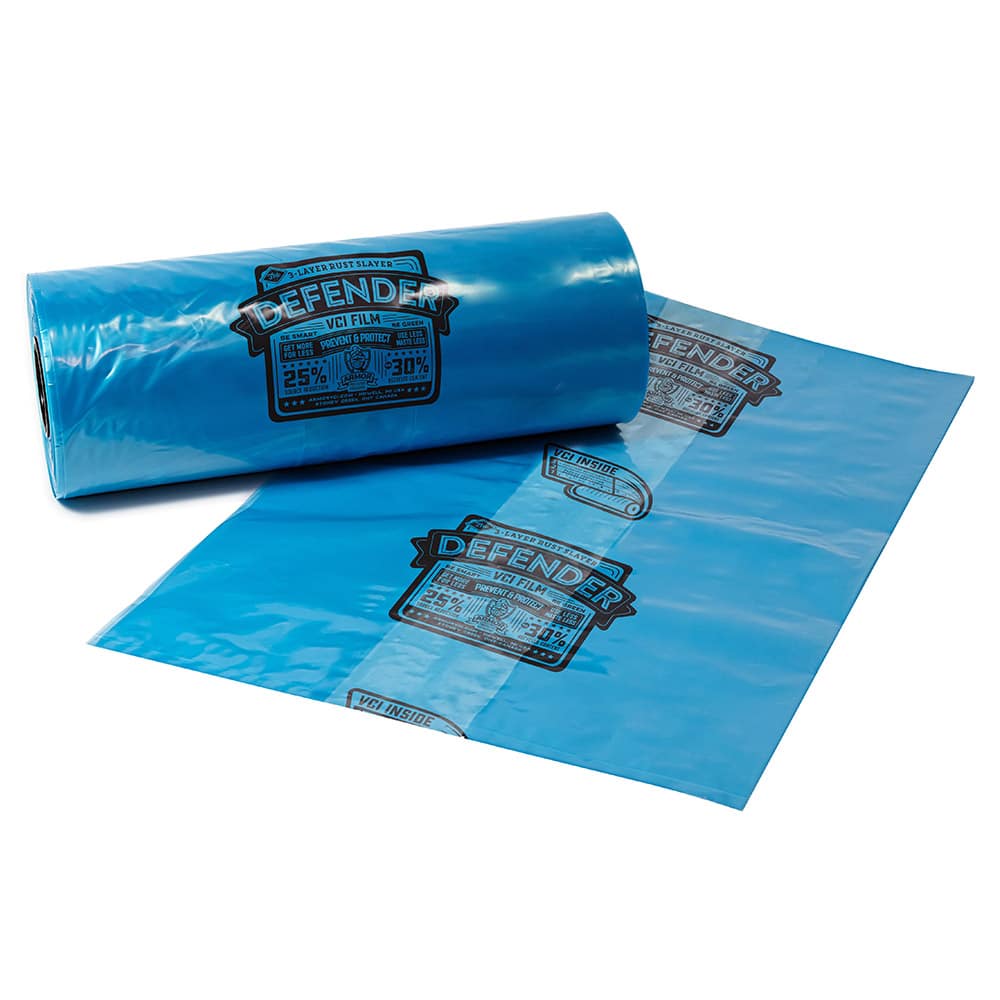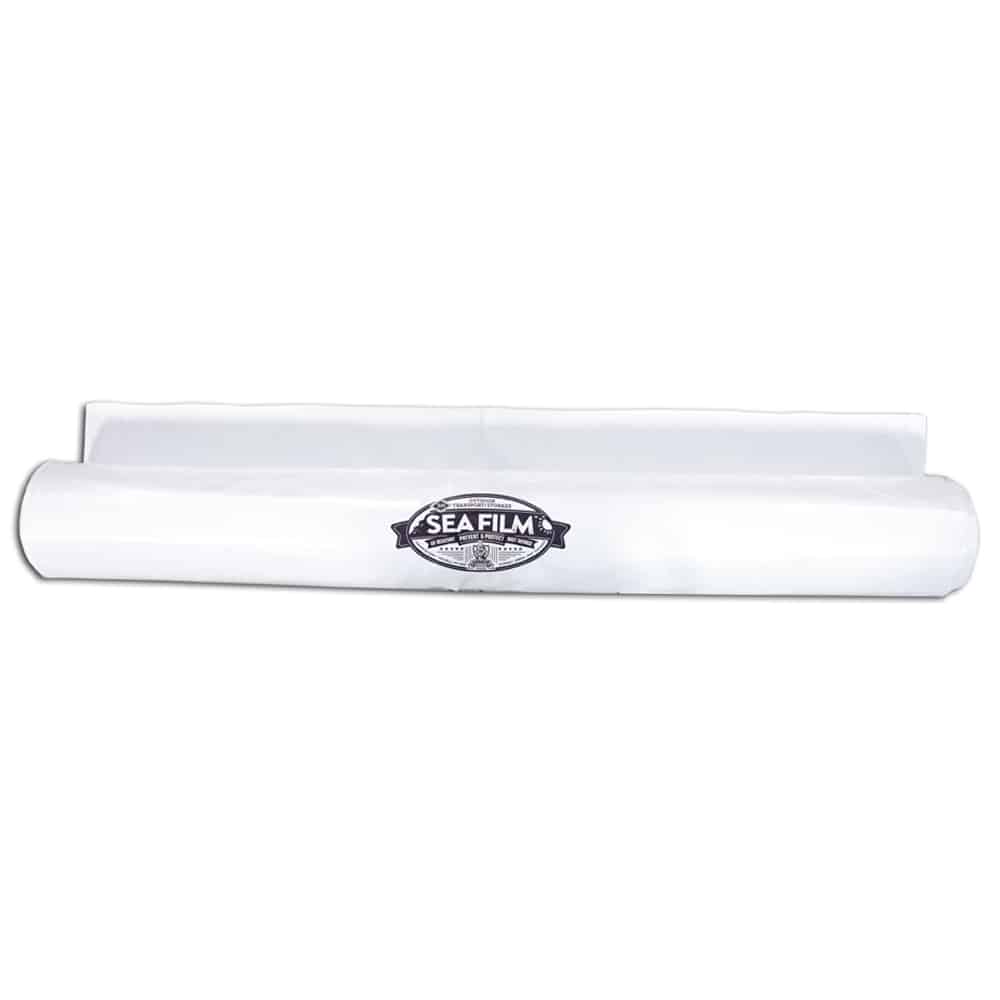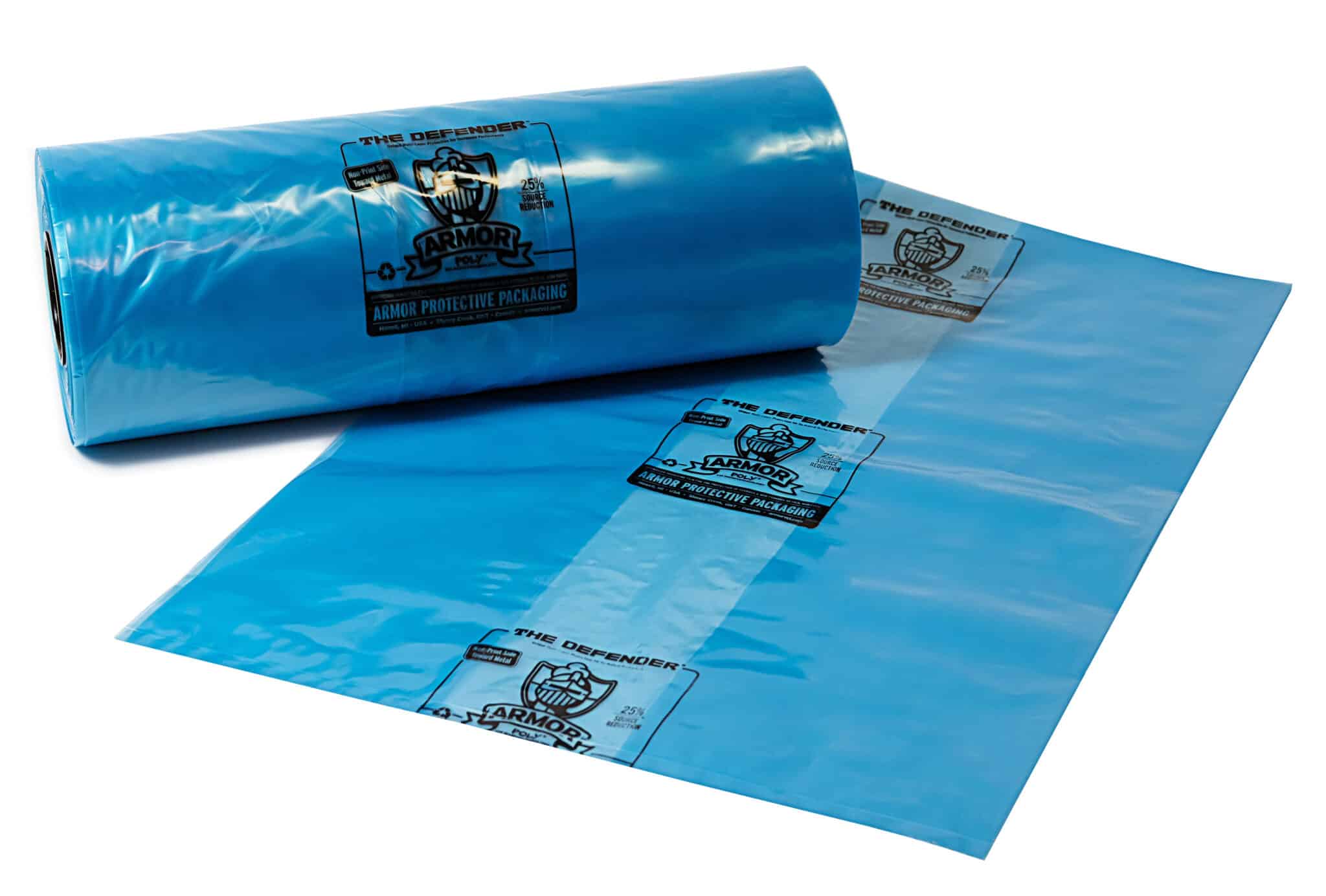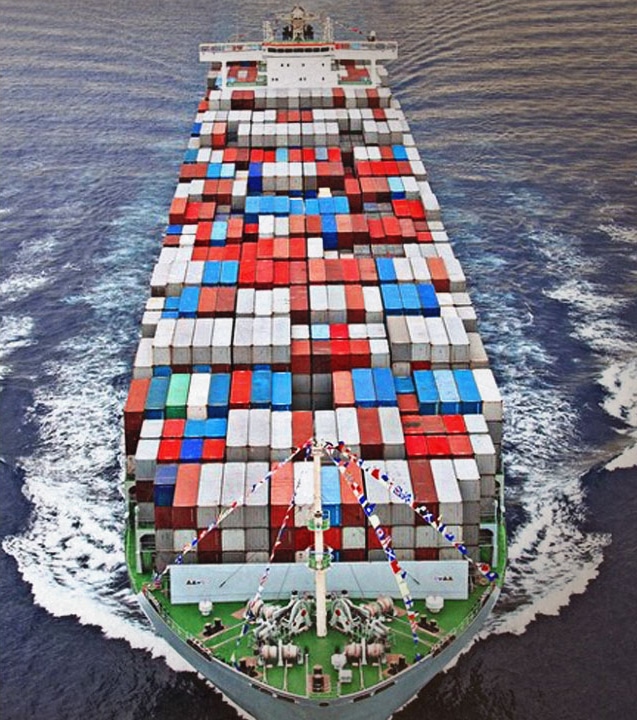
As heat and humidity increase during the summer months, delivering rust-free metal parts, especially bare metal parts, is a challenging job. For those parts manufacturers who are faced with the added burden of lengthy storage or transport, there are lessons to be learned from a study on temperature and humidity in ocean containers in overseas shipping.
Unlocking the Mystery
One might describe a shipping container as a “black box of mystery.” The mystery lies in the fact that while metal parts go into the “box” free and clear of rust, they often arrive at their end destination with corrosion damage that has developed while in transit.
Typically, there are three variables that contribute to the formation of corrosion: Heat (corrosion develops twice as fast for every 50ºF rise in temperature); Moisture (works to facilitate the “corrosion current”); and Pollutants (they make the corrosion current stronger).
When shipping metal parts, it is likely that iron, oxygen and water (whether in liquid or vapor form) will be present in the standard shipping container and it is this deadly combination that offers the ideal conditions for corrosion.
For years, it was falsely believed that metal cargo in ocean shipping containers was far more susceptible to damage from corrosion than that shipped by ground transportation. But, the study “Temperature & Humidity in Ocean Containers” by David Leinberger, CPP, CPLP, Senior Packaging Engineer for Xerox Corporation, found the opposite to be true.
Step-by-Steps of the Study
Leinberger conducted a one-year study of ocean shipping container temperature, humidity and the conditions of shipment between Asia, Europe and North America. He divided the travel path of an ocean shipping container into three distinct stages:
Stage 1: This stage refers to the timespan that begins with the filling of the ocean container to its road transport and/or storage (for brief periods of time) and concluding with the container being loaded on to a ship. During this stage, daily temperature and humidity fluctuations are common.
Stage 2: The time that the ocean container spends aboard ship and/or at sea. During Stage 2, daily cycles of temperature and humidity are minor—gradually occurring over days rather than hours as is the case in Stage 1.
Stage 3: This final stage covers the time that the ocean container is removed from the ship and experiences further road/train transport or storage. Once again, during this stage, daily temperature and humidity fluctuations are common and can be extreme.
It is widely accepted that corrosion damage to the cargo of an ocean shipping container is accelerated by temperature fluctuations. For example, a shipping or storage container sitting in the hot sun during daylight will heat up but then quickly cool once again at night. If during this rise and fall in temperature, the temperature drops enough, condensation will occur.
There is a maximum amount of moisture that air at a particular temperature can hold. Any excess moisture beyond this amount will be condensed as a fog of small droplets floating in the air or as dew on a nearby cold surface. The surface of metal usually cools the fastest and therefore attracts moisture.
In his study, Leinberger placed several data recorders inside of ocean shipping containers. The recorded data showed that the inner temperature of the packaging and the air contained followed the same pattern of fluctuations as the container’s surrounding environment.
Most surprising and unexpected from the recorded data was the discovery that the greatest corrosion damage occurred when the ocean shipping container was on land (Stage 1 and Stage 3) — before or after ocean transport. These findings were attributed to the fact that temperature and humidity fluctuations are more extreme on land than at sea.
It’s What’s On the Inside that Counts
Whether transporting metal parts in an ocean container by sea or a shipping container by land, the lesson to be learned from Leinberger’s study is the same:
A shipping container’s external exposure to temperature and humidity fluctuations (while in storage or transport) directly affect its internal environmental conditions, which impacts its cargo (aka, metal parts.) Even if cargo is not being shipped via ocean transport, it is not safe from the extreme temperature and humidity fluctuations that could put a Miami to Beijing shipping route to shame!
The use of products and packaging designed specifically for rust prevention such as ARMOR WRAP® paper, ARMOR POLY® film and bags or Dry Coat™ Rust Preventative spray will save metal parts from damage thereby saving time, effort and money.
Shop VCI Products
If you would like to learn more about the prevention of rust and corrosion and how ARMOR’s product line can help in Taking the Work Out of Your Workday™ visit the ARMOR website or contact your ARMOR sales representative.
